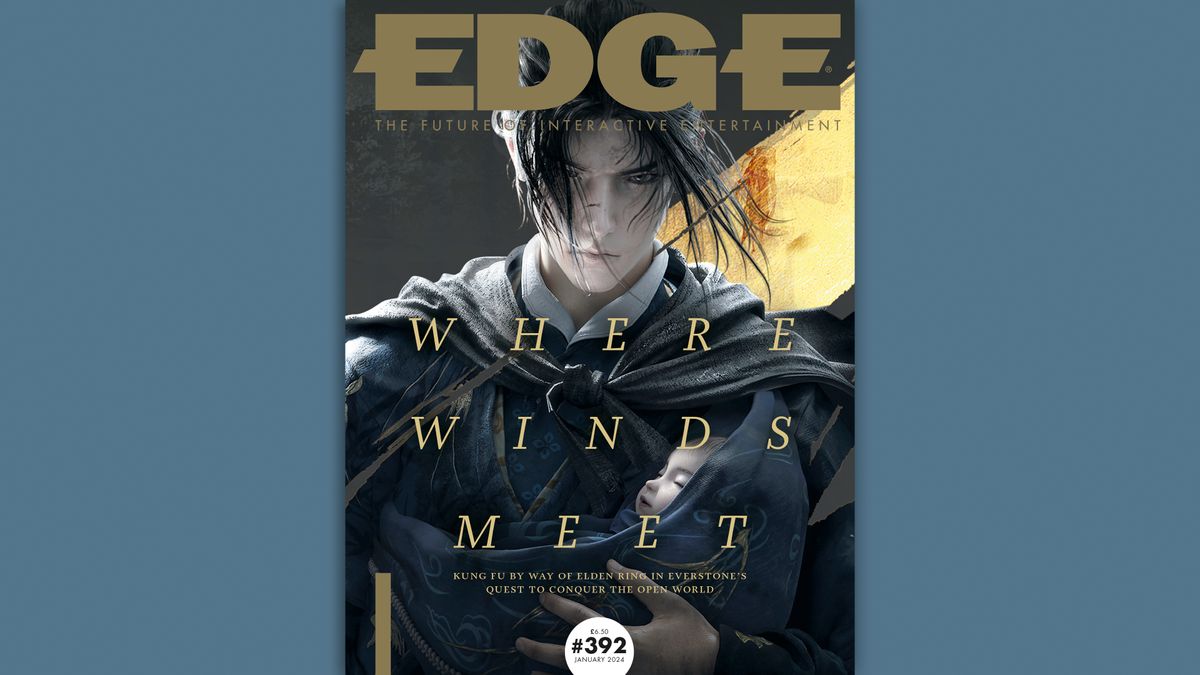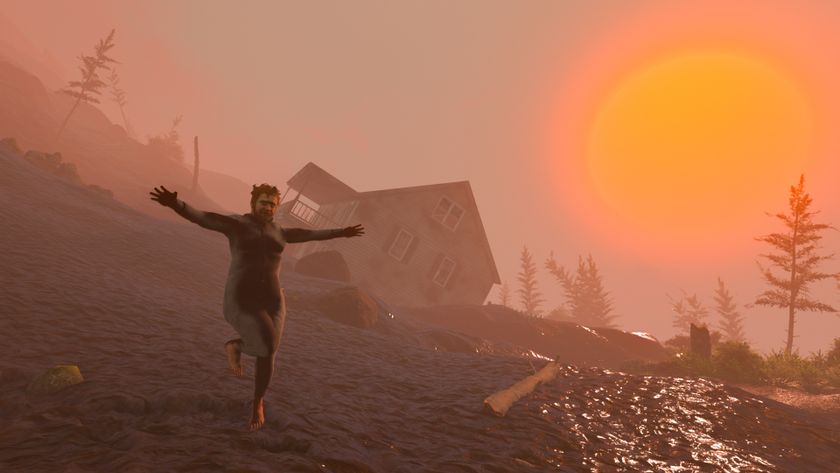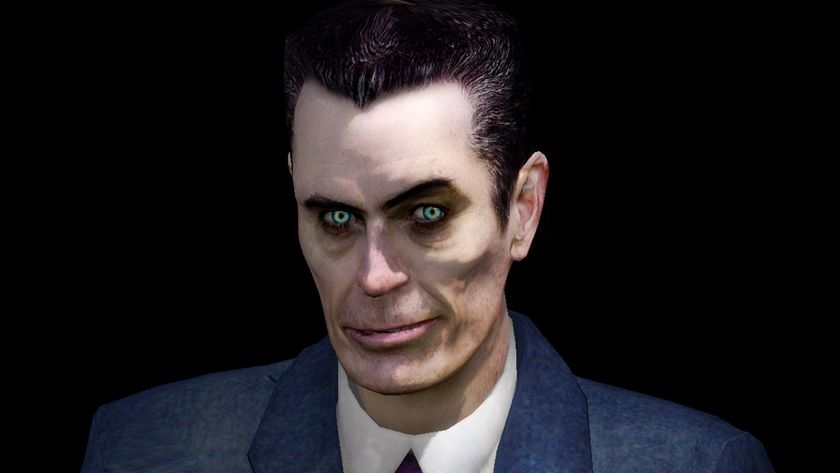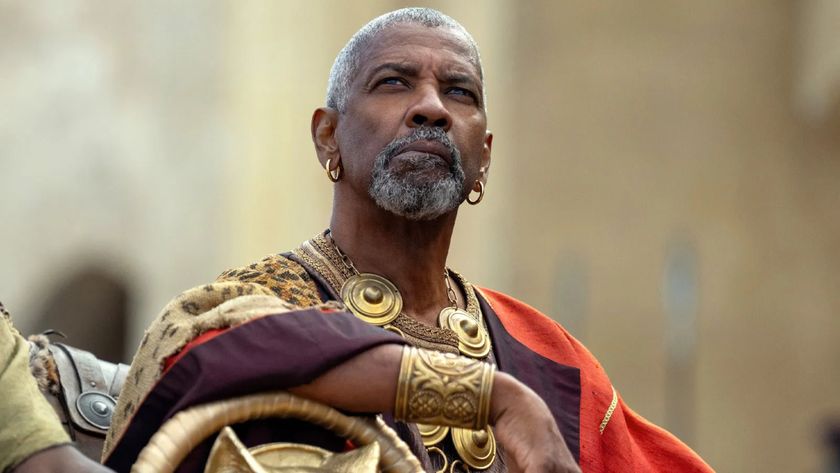Kung fu by way of Elden Ring: Edge 392 dives into Everstone’s lavish sandbox adventure, Where Winds Meet
“We are firm believers that an open-world game offers players unparalleled freedom”

With few exceptions, the open-world game has largely been the preserve of Western studios – those with deep enough pockets to fund the development of large-scale sandboxes, rich in scope and detail alike. But with publisher NetEase evidently prepared to splash the cash, Hangzhou-based Everstone is plotting to put China at the very heart of the genre with the forthcoming Where Winds Meet.
In E392’s cover feature, we talk to the studio about this luxurious production, in which you play as a lithe and acrobatic swordsman whose skillset draws from wuxia: the physics-defying martial arts fiction seen in films such as Ang Lee’s Crouching Tiger, Hidden Dragon and Zhang Yimou’s House Of Flying Daggers.
As Where Winds Meet’s lead designer Chris Lyu notes, “Traditionally, kung fu has predominantly been employed only for battles in games”. But while there’s certainly no shortage of opponents to test your combat skills against, the mystical abilities you’re blessed with allow you to bend the rules of the physical world to your will in other ways. Take Chi Grip, which lets you pull objects toward you by simply flexing your digits: you can use this to expose a scammer in a tavern drinking game, for example. Head outdoors and you might call upon the power of Sword Flight, launching yourself through the clouds as a way to cross large tracts of Qinghe’s five-kilometre-square plains in a matter of moments.
Everstone outlines further fascinating ideas, such as the ability to adopt distinctive roles when playing online. You might choose to refine your healing skills – the game’s fully fledged disease mechanic means that online players might sometimes require medical attention – or pursue a career as a scholar, bodyguard, or ferryman, should you have ever wondered what it would be like to become a pre-industrial taxi driver. There are plenty more revealing details on what promises to be one of 2024’s most handsome, expansive productions in our extensive cover feature.
Elsewhere in the issue, Hotline Miami artist El Huervo shares and discusses a range of vivid concept illustrations that helped inspire the design of Ultros, a psychedelic Metroidvania that asks you to overcome your destructive impulses to cultivate a better world. We also talk to Silent Hill and Forbidden Siren director Keiichiro Toyama about his career at the forefront of interactive horror – and a forthcoming return to the genre. Elsewhere, Bomb Rush Cyberfunk developer Team Reptile outlines its ‘cold-blooded’ mantra in Studio Profile, while in The Making Of… Pentiment, we talk to Obsidian’s Josh Sawyer and Hannah Kennedy about how a palimpsest of ideas evolved into a singular work of art.
In Knowledge we examine how UK indie 3-Fold Games is shining a light on the journey of the Windrush generation, while Fable designer Dene Carter discusses the surprise success of his RPG passion project, Moonring. Our Hype section features early looks at Life By You, Thank Goodness You’re Here, Homeworld 3, and Pepper Grinder, while in Play we deliver verdicts on Alan Wake 2, Call Of Duty: Modern Warfare III, Last Train Home, and more – alongside a world-first review of Inkle’s A Highland Song.
As with our cover game, there’s plenty else to discover within, so pick up a copy of Edge 392, which is on sale now.
Sign up to the 12DOVE Newsletter
Weekly digests, tales from the communities you love, and more
Edge magazine was launched in 1993 with a mission to dig deep into the inner workings of the international videogame industry, quickly building a reputation for next-level analysis, features, interviews and reviews that holds fast nearly 30 years on.











